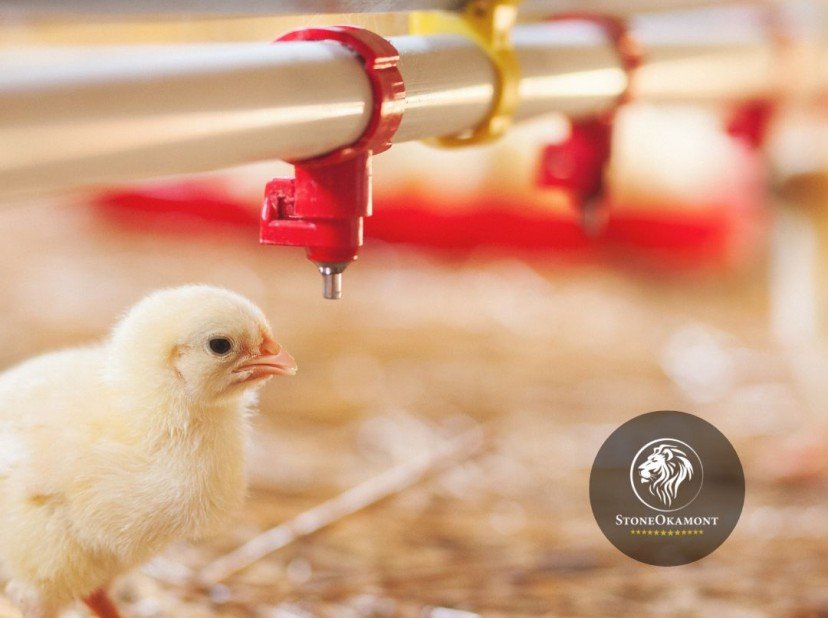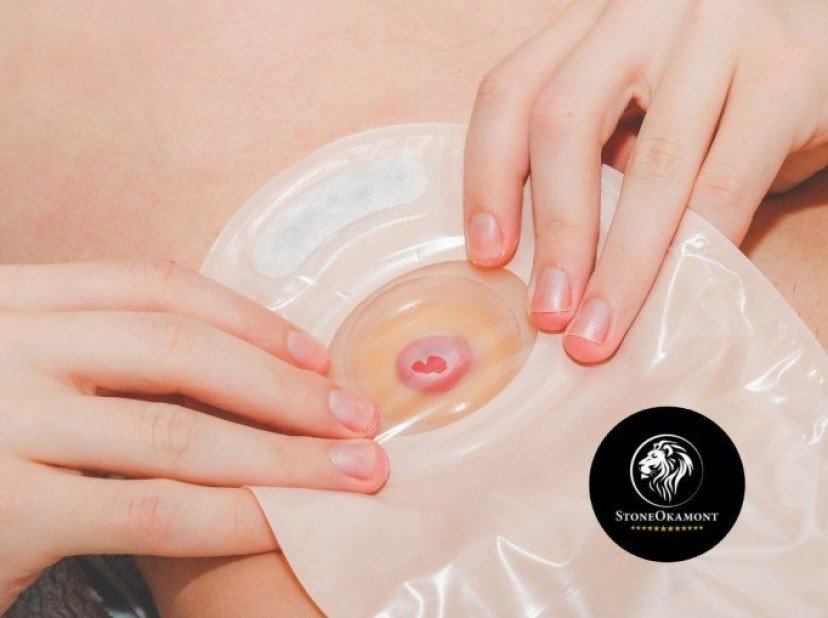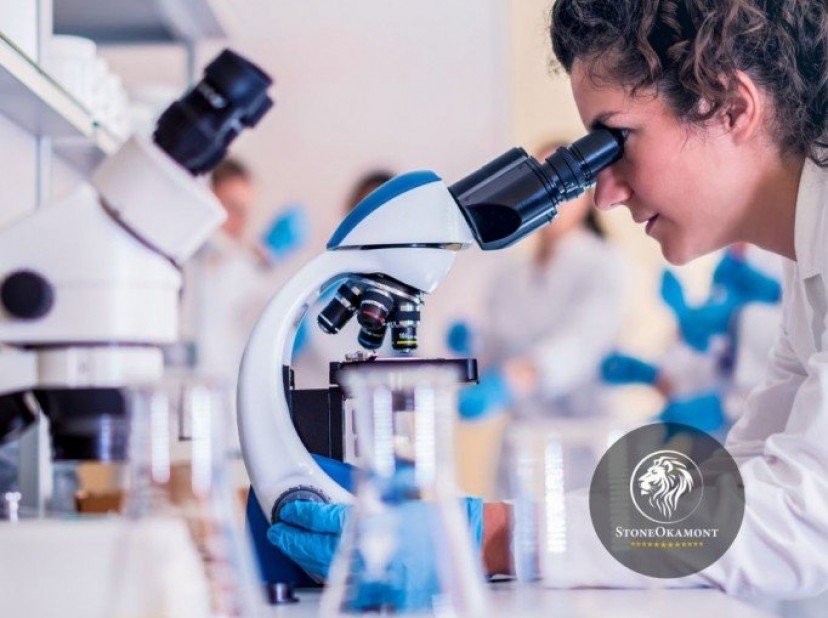
There’re several acronyms related to the regulatory processes of ANVISA, this occurs because of the numerous Secretarias and Coordination within the NATIONAL Health Surveillance Agency (ANVISA) directly or indirectly linked to it.
When a company needs regulatory issues, some ANVISA standards and acronyms are free to confuse the head. For first-time members, all this discovery can be terrifying. Today we’ll understand the acronyms most used during the petitioning process with ANVISA.
By regularizing your company or product, you’ll come across various acronyms during the regulatory steps, and and if content will help youunderstand these acronyms quickly and conveniently. Here are the basic steps you'll find.
To register an establishment or product, there are several standard instructions for each activity, rules and steps that must be followed with ANVISA. If bureaucracy isn’t your thing contacting Stone Okamont, we do all the work for you from start to finish. No rework and unnecessary expenses.
Request a budget
You who wish to obtain the Registration of Establishment or Product Registration from ANVISA, will go through these steps:
Operating License
Every establishment needs the Operating License to carry out its activities, that’s, any business that is open to the public needs this authorization given by the Municipal Government.
The operating permit is a document authorizing the company to carry out its activities in certain locations in accordance with the established standards. It is granted by the City Hall or any other municipal government agency.
Sanitary License
During the process of opening a company, it is necessary that they have documents proving that the company is able to operate. The Sanitary License is issued by visa (Sanitary Surveillance) local or state, during the initial petition, in order to regularize the company with ANVISA (National Health Surveillance Agency).
Within the initial petition we need the basic documents such as the social contract, CNPJ (National Registry of Legal Entities) and with the CNAE (National Classification of Economic Activities), already suitable for the company's activity. Immediately after the documents are submitted, we have verified a master plan to determine whether the intended activity can be developed in that region in question.
Entering the second part of the initial petitioning, some documents are already legally required as Certificate of Use of Land Municipality, AVCB (Auto Survey of the Fire Department) and the LTA (Technical Assessment Report), to verify the structure of the site.
The third part of this process is the elaboration and implementation of the Quality System within the company, which is nothing more than a set of procedures that interact with each other, with the object of achieving excellence in quality.
To finalize the application for Operating License, we ended with the sanitary inspection. The local VISA goes to the establishment to verify that all other steps said above have been fulfilled, and evaluates the process of implementation of the Quality System.
Post local license, the health inspection report is delivered to start the federal Enterprise Operating Authorization (AFE) project. Remembering that the Manual of Good Practices will be indispensable. So, that would be the initial step d and your petition.
Petitioning
Petitioning is any request submitted to ANVISA resulting in the Agency's manifestation, either in the opening of proceedings, or when linked to the existing process, which may result in acceptance (satisfactory result) or rejection (unsatisfactory result) of the request.
Petition is the instrument of request or communication of fact subject to the assessment of the NVISA.
There are two types of petition in the ANVISA: primary petition and secondary petition.
- Primary petition is the application containing all documentation relating to a petition matter that’ll result in the opening of proceedings.
- Secondary petition is the application containing all documentation relating to a petition subject that’s linked to an existing process.
Company Operating Authorization
The Company Operation Authorization (AFE) is one of the regulatory steps of mayor importance for the success of your business, and for this reason, it is necessary to count on specialized technical support.
First, it will be necessary to define the size of the company through its annual revenue, following with the assembly of the process. At this stage, we filed the petition with ANVISA and collected the contractual fee.
In addition, it’ll take a Technical Officer (RT), who’s also requested by the local VISA, who’s responsible for planning, organization, direction, coordination, execution and evaluation of services.
As it’s a requirement of ANVISA, companies working in the health area automatically need a Company Operating Authorization (AFE) to follow the service in legality, that’s, within the rules provided for by law.
After the combination of all documentation, the company will be evaluated by anvisa technicians and, without any requirements, the Authorization will be published in the Official Gazette (DOU).
The last regulatory part of your company with ANVISA is the Product Registro. This record ensures that the product has quality and won’t compromise the health of the population.
Product registration
All companies that offer products that may be harmful to health, such as medicines, pesticides, cosmetics, etc.; need to be up to date with all regularizations with ANVISA.
The inspection of the products is carried out by Anvisa, the body responsible for the protection and recovery of health in the country.
Your product can be notified or registered. All this will depend on the composition of your product and your risk rating at Anvisa.
To understand the Product Registration in ANVISA, it is first necessary to understand that the risk classification is divided into categories ranging from I to IV, being I the lowest and IV the highest. Risk class products I and II can only be notified, they are products considered exempt from registration.
On the other hand, categories III and IV must be certified as Good Manufacturing Practices (CBPF).
To obtain the Product Registration in ANVISA, it is essential to have the Local Sanitary Surveillance Operating License and the Company Operating Authorization (AFE).
The processes of regularization of company and product are very complicated and bureaucratic, without necessary knowledge in the area it’s practically impossible to complete them without having to redo it several times, thus dispersing a lot of time and money.
To do this, Stone Okamont has regulatory experts to advise you at every step and ensure that the course of each process is as quickly as possible at the lowest cost.
Contact us! Fill out the form below, talk to one of our professionals and ask all your questions.







